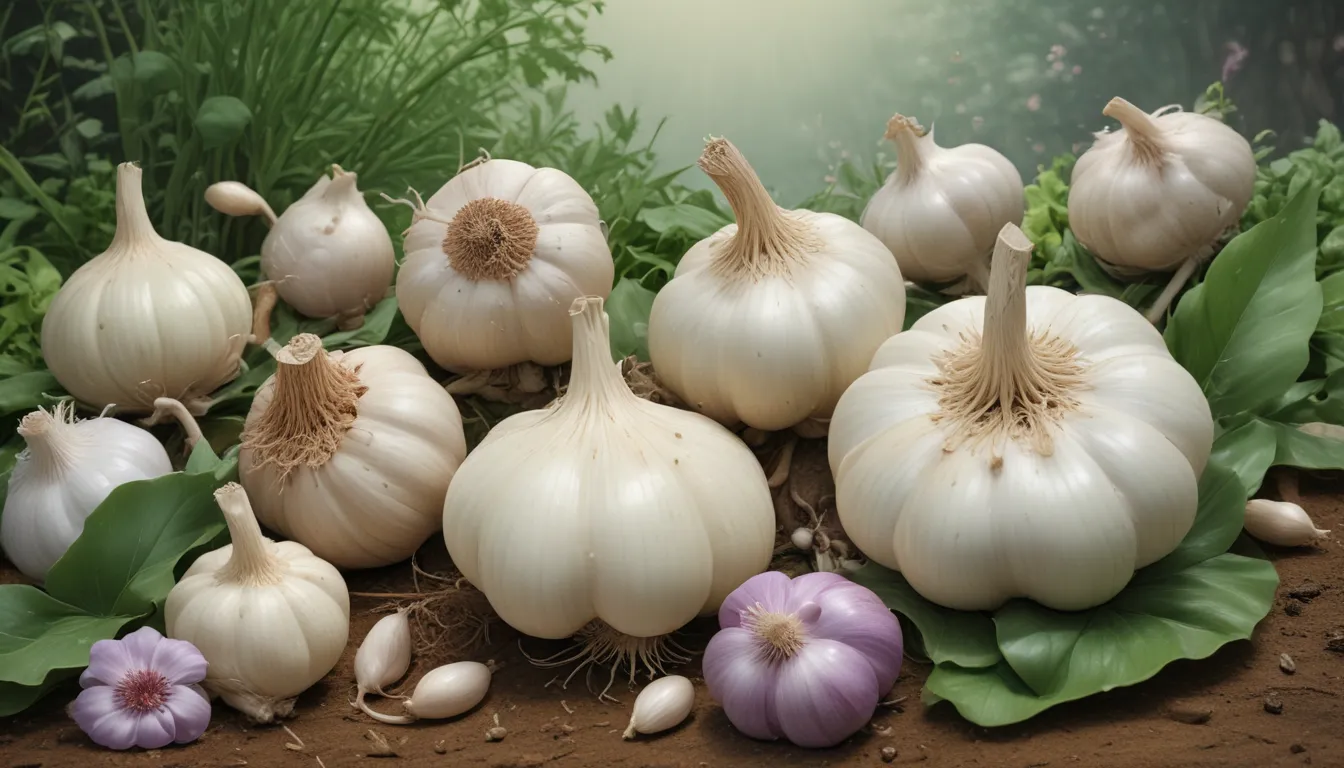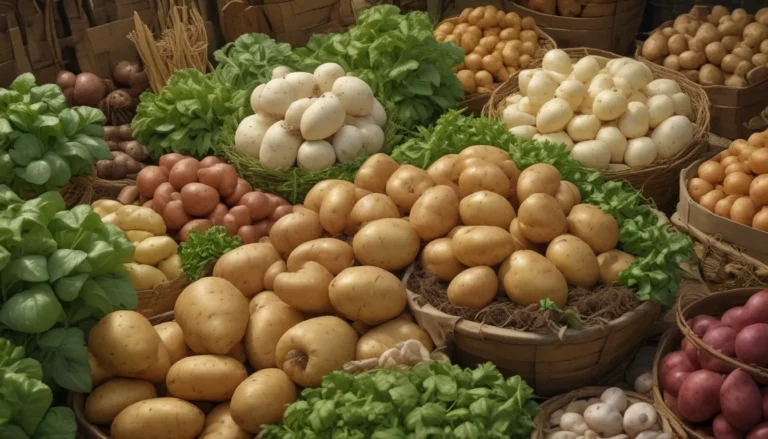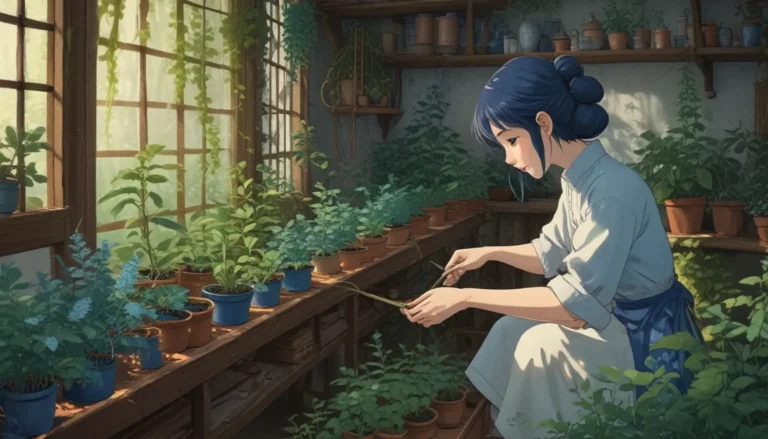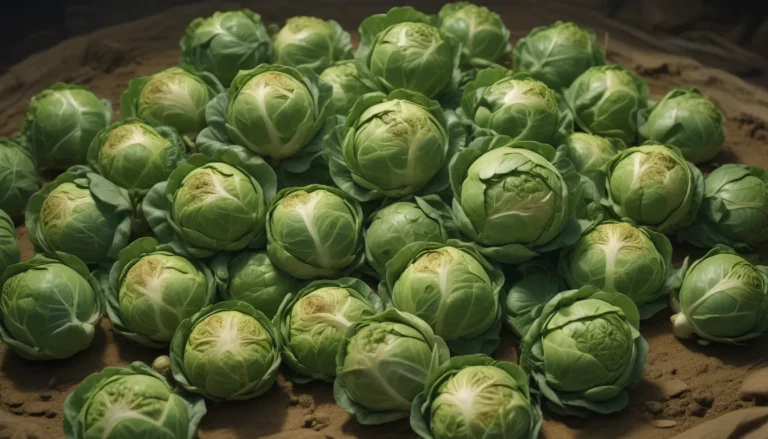Comprehensive Guide to Identifying and Managing Garlic Pests

Garlic, the aromatic bulb that enhances our culinary creations, can sometimes fall victim to pests that can damage the plants. Despite its pungent odor, certain insects are immune to garlic’s aromatic defenses. In this detailed guide, we will explore the top five pests that can harm this fragrant member of the Allium genus.
The Top 5 Garlic Pests
- Bulb Mites
- Leafminers
- Nematodes
- Onion Maggots
- Thrips
1. Bulb Mites
These tiny pests are a significant threat to garlic plants. Dry bulb mites are part of the same class as spiders and ticks, known for their ability to damage garlic, onions, tulips, and lilies. They can cause twisted leaves, stunted growth, and galls in garlic cloves. Managing bulb mites can be tricky as they are resistant to chemical pesticides.
How to Manage Bulb Mites
- Rotate crops and avoid planting alliums in the same area for four years.
- Soak seed cloves in hot water before planting to reduce infestation.
- Introduce predatory insects like rove beetles to control mite populations.
- Use organic insecticides like neem oil to treat the affected area.
2. Leafminers
These small flies lay eggs on the undersides of garlic leaves, with the larvae tunneling inside and causing damage. Signs of leafminer infestation include white streaks on leaves and holes in stalks. Managing leafminers involves using row covers, removing affected leaves promptly, and introducing beneficial predatory insects like parasitic wasps.
How to Manage Leafminers
- Install row covers to prevent adult flies from laying eggs.
- Regularly check for infestations and remove affected leaves.
- Introduce parasitic wasps or apply spinosad-based sprays.
- Keep the garden mulched and weed-free to limit leafminer spread.
3. Nematodes
Garlic bloat nematodes are harmful roundworms that feed on garlic bulbs, stems, and leaves, causing yellowing, wilting, and fungal infections. Crop rotation, cleanliness, and heat treating seed cloves can help manage nematode infestations.
How to Manage Nematodes
- Rotate crops and avoid planting alliums in the same area for four years.
- Use beneficial nematodes to parasitize harmful ones.
- Apply neem oil sprays to kill parasitic nematodes.
- Clean and sanitize gardening tools to prevent nematode spread.
4. Onion Maggots
Onion maggots are destructive pests that feed on roots, bulbs, stems, and leaves of garlic plants. Preventing infestations involves crop rotation, using raised beds or containers, and introducing beneficial predatory insects.
How to Manage Onion Maggots
- Practice crop rotation and avoid planting alliums in the same soil consecutively.
- Cover crops with row covers to prevent egg-laying by adult flies.
- Apply diatomaceous earth to kill larvae and consider using spinosad-based sprays.
- Introduce predatory bugs like beneficial nematodes or rove beetles.
5. Thrips
Tiny insects like onion thrips and Western flower thrips can damage garlic by sucking juice from leaves, causing discoloration and weakening the plants. Natural predators like lacewings, ladybugs, and parasitic wasps can help control thrip populations.
How to Manage Thrips
- Practice crop rotation and maintain a weed-free garden.
- Water plants from above to deter thrips.
- Introduce beneficial insects or use insecticidal soap, neem oil, or spinosad sprays.
- Avoid harsh chemical pesticides that can harm beneficial predatory bugs.
Conclusion
Understanding and identifying common garlic pests is crucial for protecting your crop. By implementing preventative measures, introducing beneficial insects, and using organic pest control methods, you can effectively manage pest infestations in your garlic garden. If you have any questions or tips to share, feel free to leave a comment below!
Explore more about growing garlic in your garden by checking out these related guides:
- How to Plant and Grow Garlic in Your Veggie Patch
- The Three Ways to Propagate Garlic
- How to Cure and Store Garlic from the Garden
- Tips for Growing Garlic in Containers
Remember, an ounce of prevention is worth a pound of cure when it comes to keeping your plants pest-free. Happy gardening!
*





